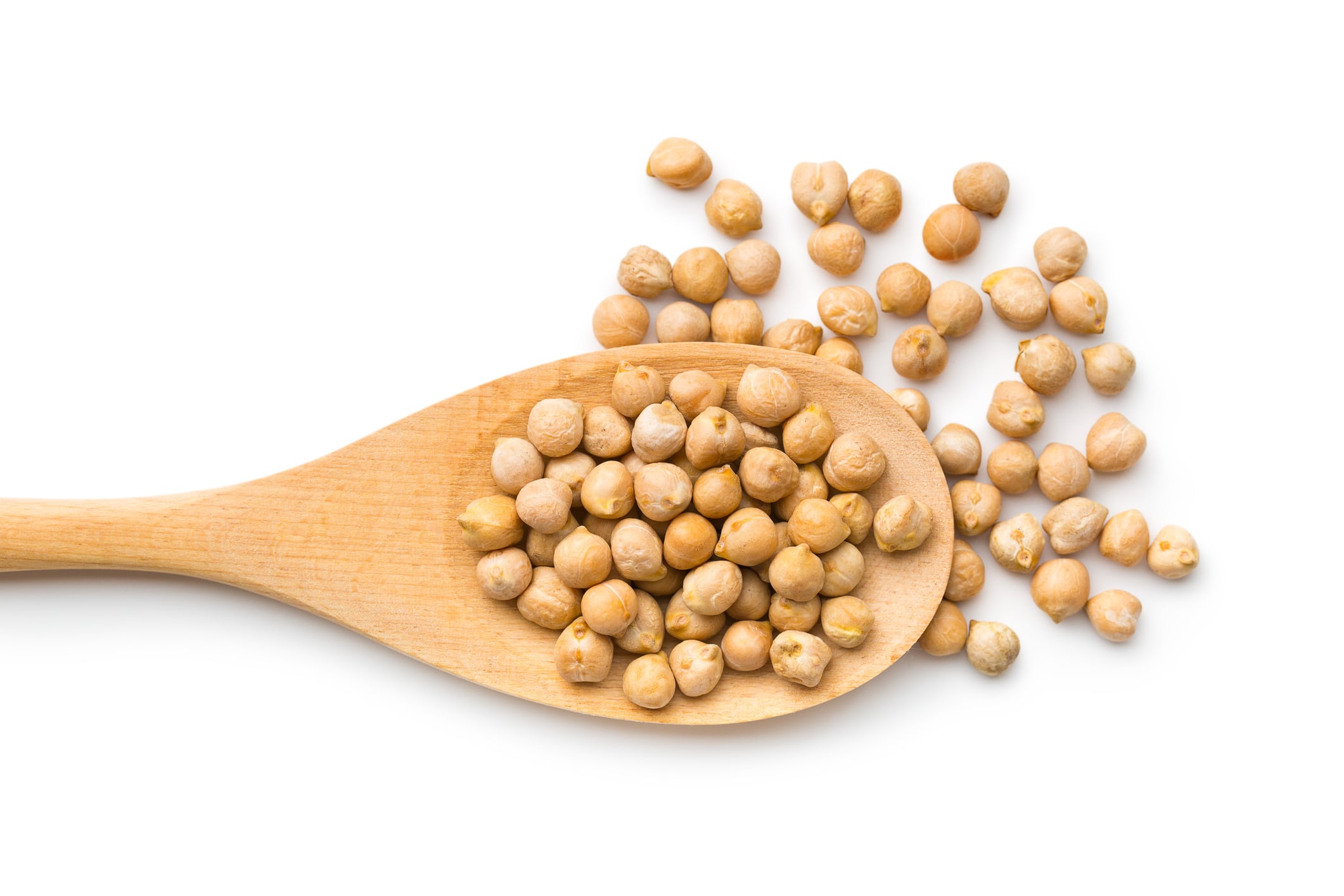Writing in its international patent, processed food manufacturer Macfrut Spr De Ri said there were many existing methods to produce extruded legume flours, such as corn or quinoa, but none on the process to make extruded chickpea flour.
Its method – milling the chickpeas, mixing with water and micronutrients, extrusion cooking to form pellets, oven drying the pellets, and then grinding them into a homogeneous flour – resulted in a product of “high nutritional quality” and “high acceptability” that could be used to make high-protein and/or high-fiber foods, it said.
The power of extrusion
Macfrut Spr De Ri said extrusion cooking of legumes and cereals had several important benefits, from a nutritional and production perspective. Extrusion cooking had the potential to “increase the bioavailability, protein digestibility, nutrient density, storage stability and palatability of raw materials”, it said, as well as lower production costs, improve energy efficiency and shorten cooking times.
The nutritional benefits were particularly important given consumer trends, it said.
“In the current society, where heart disease, obesity and high cholesterol are on the rise, consumers are making conscious efforts to re-evaluate their diets and eat healthier. In particular, consumers are looking for foods that contain higher amounts of protein and grains due to the beneficial health attributes associated with these food groups. As such, there is a need in the food industry for highly nutritious, high protein and/or high fiber products,” the company wrote in the patent.
“...In particular, there is a need in the industry for an intermediate food product based on legumes, which can be easily used by a food manufacturer in order to produce a high protein and/or high fiber food product, for the benefit of consumer health.”
Efficient processing
Macfrut Spr De Ri said the preparation of the raw material - to start with a crude, clean grain - was especially important to ensure the quality and safety of the final flour product.
The chickpeas were then milled in a hammer mill to improve characteristics and “further increase the efficiency of extrusion”, it said. These milled chickpeas were then slowly mixed with water and additional micronutrients – sodium bicarbonate, salt or calcium oxide at 1% – to raise the pH above 7 to, again, improve the extrusion process.
The company said the mixing step was especially important to homogenize the nutrients properly should be carefully analyzed and controlled to maintain a humidity of 10%.
Once mixing was complete, the mixture could then be fed into the extruder for cooking at temperatures between 90 and 150°C. During extrusion, Macfrut Spr De Ri said “many important changes occur within the product”, including the denaturation of proteins; gelatinization of starch; and elimination of toxic elements that inhibit good digestibility.
“These modifications are beneficial and increase the nutritional values of the extruded products,” it wrote. But, it said it was important to maintain ideal extrusion parameters, namely temperature and cooking time, to avoid any unwanted destruction of vitamins or non-enzymatic browning.
The extruded pellets were then cooked in an oven at a controlled temperature of 75-90°C and finally grinded into the flour product.
Source: WIPO International Patent No. 2019013610
Published: January 17, 2019. Filed: July 11, 2017.
Title: “Method for producing flour from extruded cereals and legumes having high nutritional value”
Authors: Macfrut Spr de Ri – G. Alfaro Rojo

